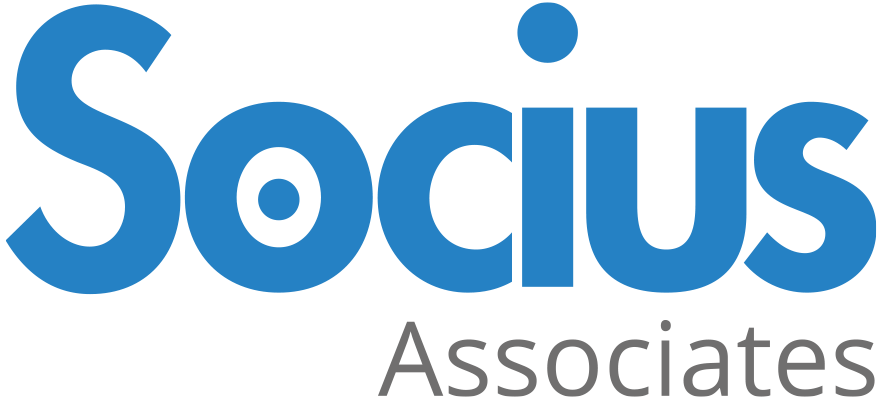One of the comments I hear most often from coaching clients, is how welcome the sessions are in a working environment where the most time you might get with someone to explore an idea is five minutes. Of all the things they value the most about coaching, the thinking space a session provides – the opportunity to really delve into an idea or thought – must be in the top three.
The problem with the problem of time
For the last seven or so years I have worked in and with environments which have been hit particularly hard by the recession: local government, not-for-profits, education. I have witnessed how this has resulted in people wearing more than one hat and working with fewer resources than ever before.
At the same time, expectations of people’s availability and ability to keep up with developments also appears to have taken quite a flight. Most of us are now used to carrying laptops and smartphones around as we go about our business, and whether it is your personal preference or not, many of us feel we are expected to see emails and answer calls as soon as they come in.
No wonder nobody has time to hear out an idea anymore.
Where do all the ideas go?
So, while the pace has picked up and we’re all connected to everyone and everything all our waking hours if we so choose, what about those ideas? Pin them in Pinterest for later? Translate them into a tweetable 140 characters? Post them on LinkedIn for your boss to ‘discover’?
The art of conversation is fast becoming an endangered skill. Have a look around the table at the next meeting you attend: how many mid-conversation furtive glances on BlackBerry screens do you clock around you? How present are we in meetings when we have one eye on the time, and the other on our smartphone?
Coaching as a retro conversation
In my coaching practice I have noticed that all clients take delight in switching the phone off and tucking it away for the duration. I ensure sessions take place off-site or on a different floor, away from distractions and interruptions. It also helps them to physically distance themselves from the day job.
The next hour or ninety minutes are spent boldly going where the client hasn’t gone before, simply because the opportunities have all but ceased to exist in their normal work routine.
The effects on the client of having an in-depth coaching conversation about an idea or thought can be astonishing. Talking through an idea out loud to someone who isn’t going to judge it or have an agenda does wonders for creativity. I have lost count of the number of times a client almost skipped out the door because they finally cracked how to have that difficult conversation with their boss. All it took was an hour or so of being able to explore it without interruptions.
We seem to have lost the ability to invest in ideas when we lost our habit to converse. It seems strange for a coach to complain about this… For am I not making a living out of this problem?
I guess I wonder at the feelings of nostalgia I perceive in some of my clients when they remark how wonderful it is to have a proper dialogue. The benefits of having focused conversations are well-known in coaching.
Perhaps what we need above all is to relearn the art of conversation, this time sanstechnology.
Gosh Flo, I wish I’d driven over my BlackBerry ages ago!



